Specialized stores offer a huge selection of bed linen and blankets. However, many people think about sewing a blanket themselves, spending a minimum of money or wanting to breathe life into an old and worn blanket. This article will tell you in detail how to sew a blanket from padding polyester with your own hands, what a kit for sewing a blanket from scraps is and what you will need for the job.
Which material is better to choose?
It is possible to choose the filler for the product based on personal comfort and even health, choosing hypoallergenic fabrics and fillers.

What materials are best to choose when sewing a blanket:
- Feathers and down. Products made from them will be the warmest. It is warm to sleep under such a blanket even in the coldest room. The downside is that over time the filler can roll up and cause discomfort, contribute to allergic reactions.
- Wool. This material retains heat well, absorbs moisture and allows air to pass through well, but it can cause allergies.
- Cotton. This filler is also natural, but due to the fact that it is of plant origin, it will not cause allergic reactions. However, such products warm up rather weakly, so they are used only in the summer.
- Synthetics. There is an opinion that synthetic material is not comfortable enough to use, however, using such a product is no less convenient than any other. Advantages: it can be washed in a machine, it does not cause allergies.
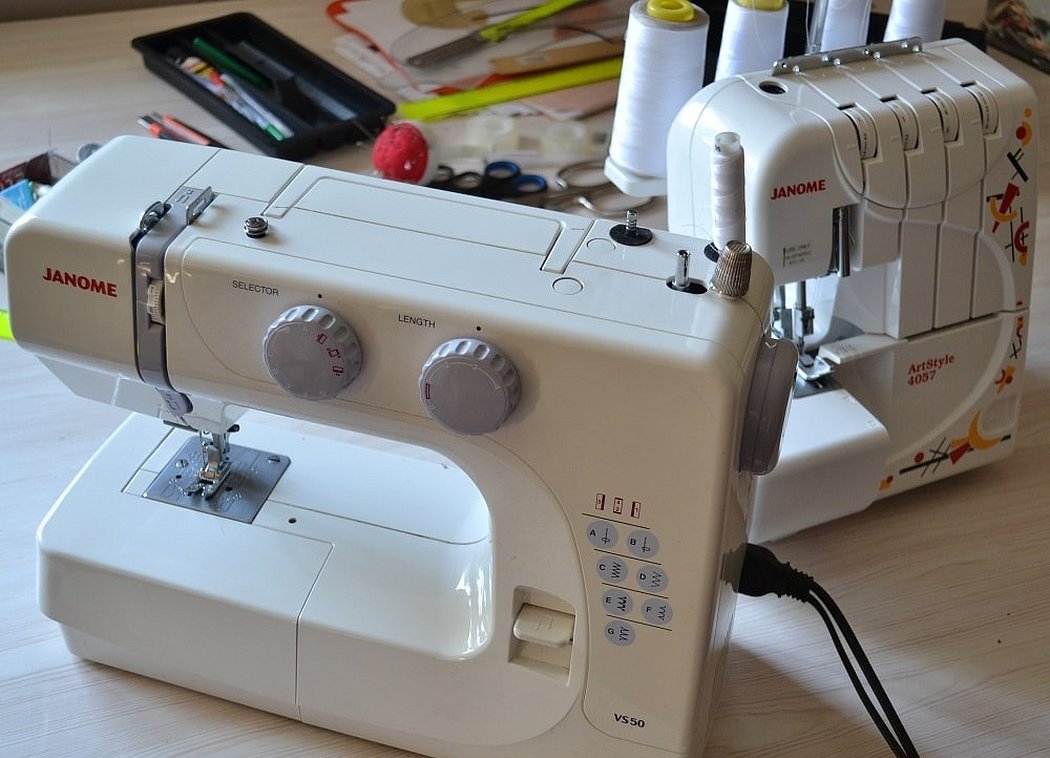
Necessary tools
To make a blanket you will need the following tools:
- Roulette;
- Measuring tape;
- Awl;
- Tailor's pins;
- Thread and needle for embroidery;
- A piece of chalk, or a dry, sharpened piece of soap;
- Sewing machine.
Please note! Additional tools may be required at the discretion of the author, but the list provided should be sufficient for simple work.
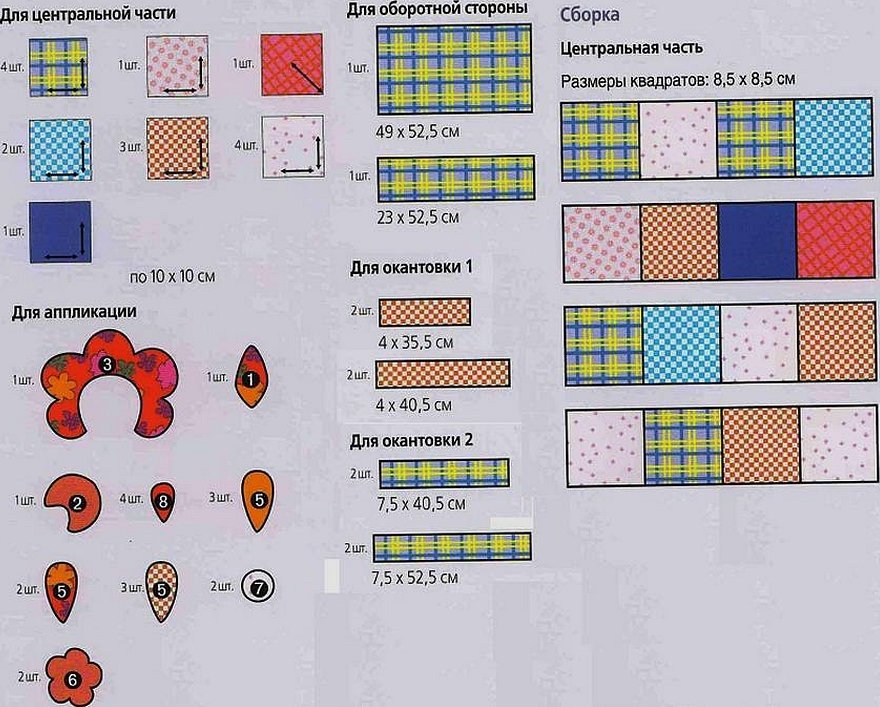
Necessary calculations and patterns
Before sewing, it is necessary to perform calculations and prepare patterns.
If the bed is factory made, it will fit one of the following blanket sizes:
- Euro - 210 by 200 or 200 by 200 centimeters;
- Double beds - 210 by 180, 215 by 155, 175 by 200 and 220 by 240 centimeters;
- One and a half beds - 215 by 155 or 205 by 150;
- Single - 200 by 150;
- Children's - 150 by 120;
- For newborns - the size of the changing table plus 12-15 cm on each side. The standard size is 120 by 120 centimeters.

To sew a blanket with your own hands, you need to calculate the fabric according to the following parameters:
- The width of the cut is determined by the width of the mattress plus allowances;
- The length of the cut is determined in the same way as the width;
- If the product does not have a gathering border, you should add about 10 centimeters to the width and 5 to the length.

How to sew a blanket from padding polyester with your own hands
Blankets made of synthetic padding are budget-friendly and practical, they keep you warm during the cold season. They also serve as an excellent source of heat during the cold season. And to figure out how to sew such a blanket with your own hands, step-by-step instructions will help:
- Before the main work, it is necessary to calculate the size of the future product, and also make a pattern from padding polyester of the same size.
- After this, you need to cut out 2 pieces of fabric according to the size of the first pattern, but adding about 5 centimeters in length and width for seams.
- Next, you need to place the pieces of material with the right sides facing each other and stitch them along the perimeter, leaving one side untouched, and then turn the product inside out.
- Then fill the resulting cover with synthetic padding and sew up the hole.
- During the final stage, you need to stitch the blanket along the entire perimeter, slightly capturing the filler.

The simplest scheme
If the diagram above seems too complicated, you can do it this way:
- Sew together all sides of the fabric rectangle, leaving one side unsewn.
- The fabric needs to be turned inside out, filled with synthetic padding and secured with tailor's pins.
- Stitch the product with even lines.
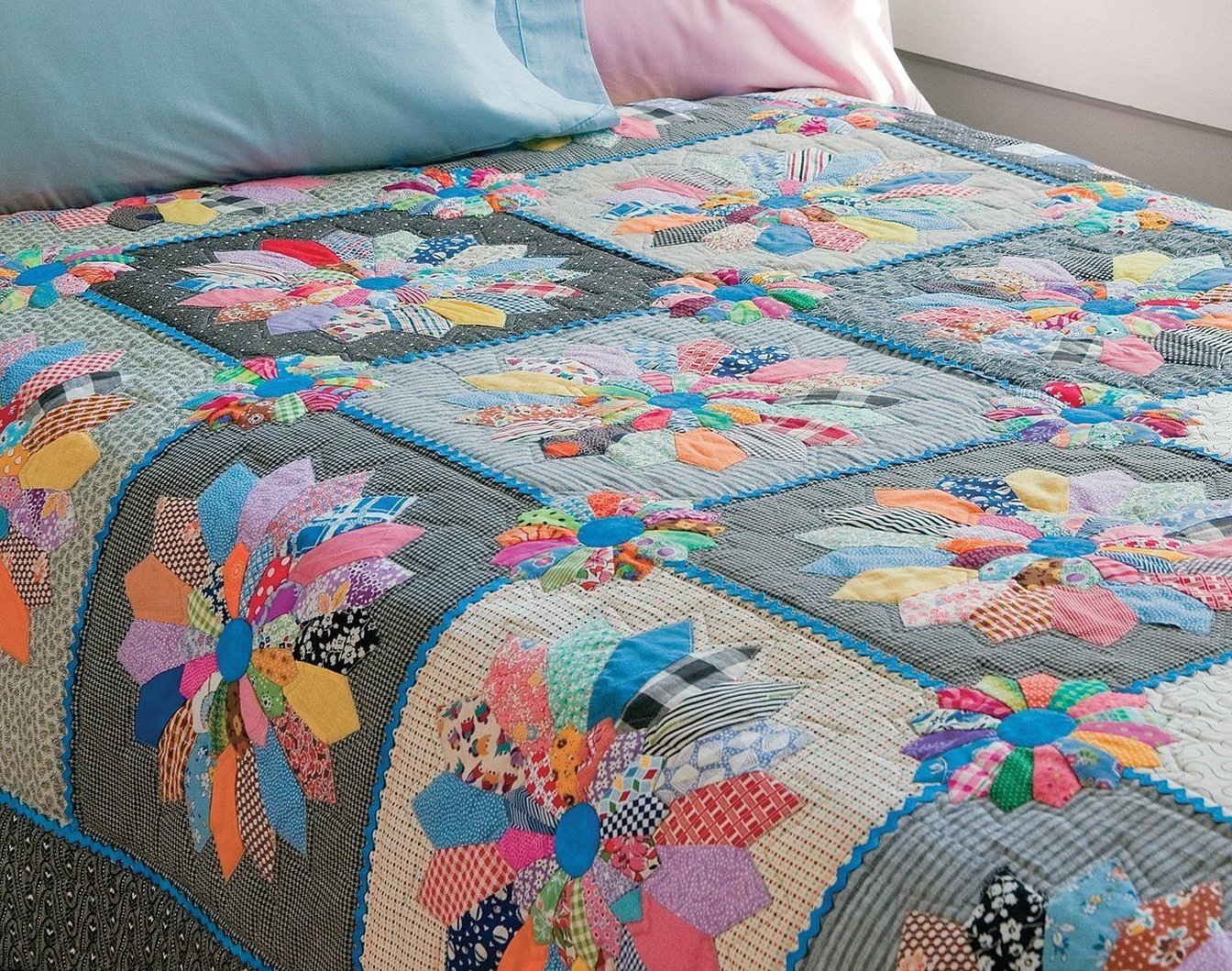
How to sew a down blanket with your own hands: step-by-step instructions
To sew such a blanket qualitatively and without unnecessary difficulties, you need to follow the instructions:
- To cut out the sections, you first need to cut out and sew the top part, and then do the same with the lining areas of the bottom part.
- To sew in a zipper, fold the bottom edge of the lining with the outer side inward and up by 15 centimeters, then smooth it out. Next, prepare a place for the zipper in the middle and mark it.
- Then stitch about 2.5 centimeters from the fold, make a cut along its line and iron the seams in the open position, then insert the zipper.
- To assemble the work, open the zipper, pin the lining to the top and stitch a twelve-millimeter seam.
Important! Down blankets are often made from lightweight fabrics that are easy to care for.
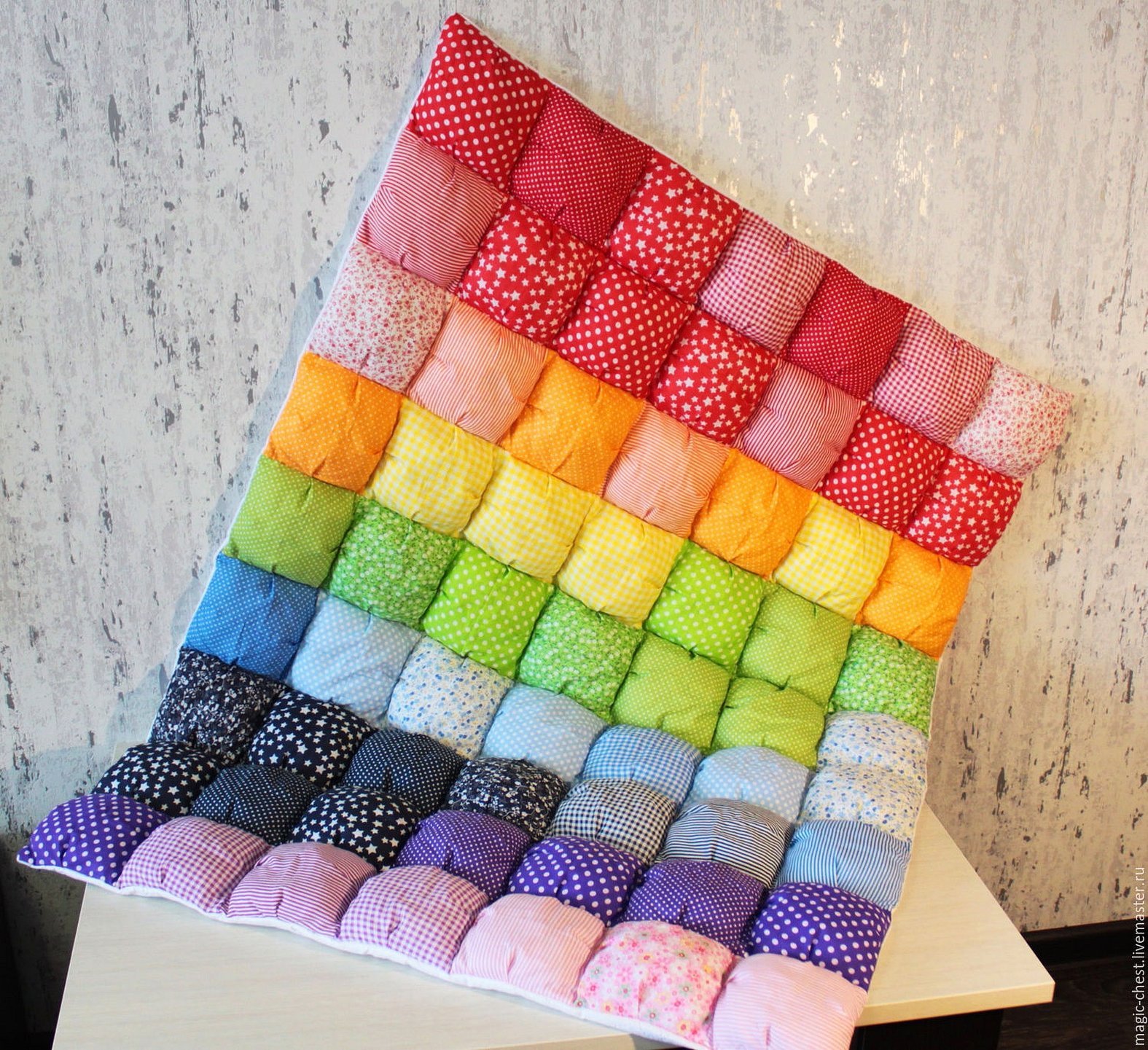
Tips for caring for a down and synthetic blanket
It is contraindicated to wash a filler such as down, however, a blanket made of this material can last a long time if you follow some care tips:
- You should always use a duvet cover, which will serve as protection from external damage and dirt.
- When making the bed, you need to shake the blanket so that it becomes fluffier and air gets inside, which will refresh the material.
- Blankets should only be aired in dry weather.
- It is not recommended to wash a down blanket. However, if necessary, you can take it to a dry cleaner or wash it in a home washing machine, but in this case, the quality of the blanket will deteriorate significantly after each wash.
- If you frequently air the blanket, washing is only necessary if it is heavily soiled.
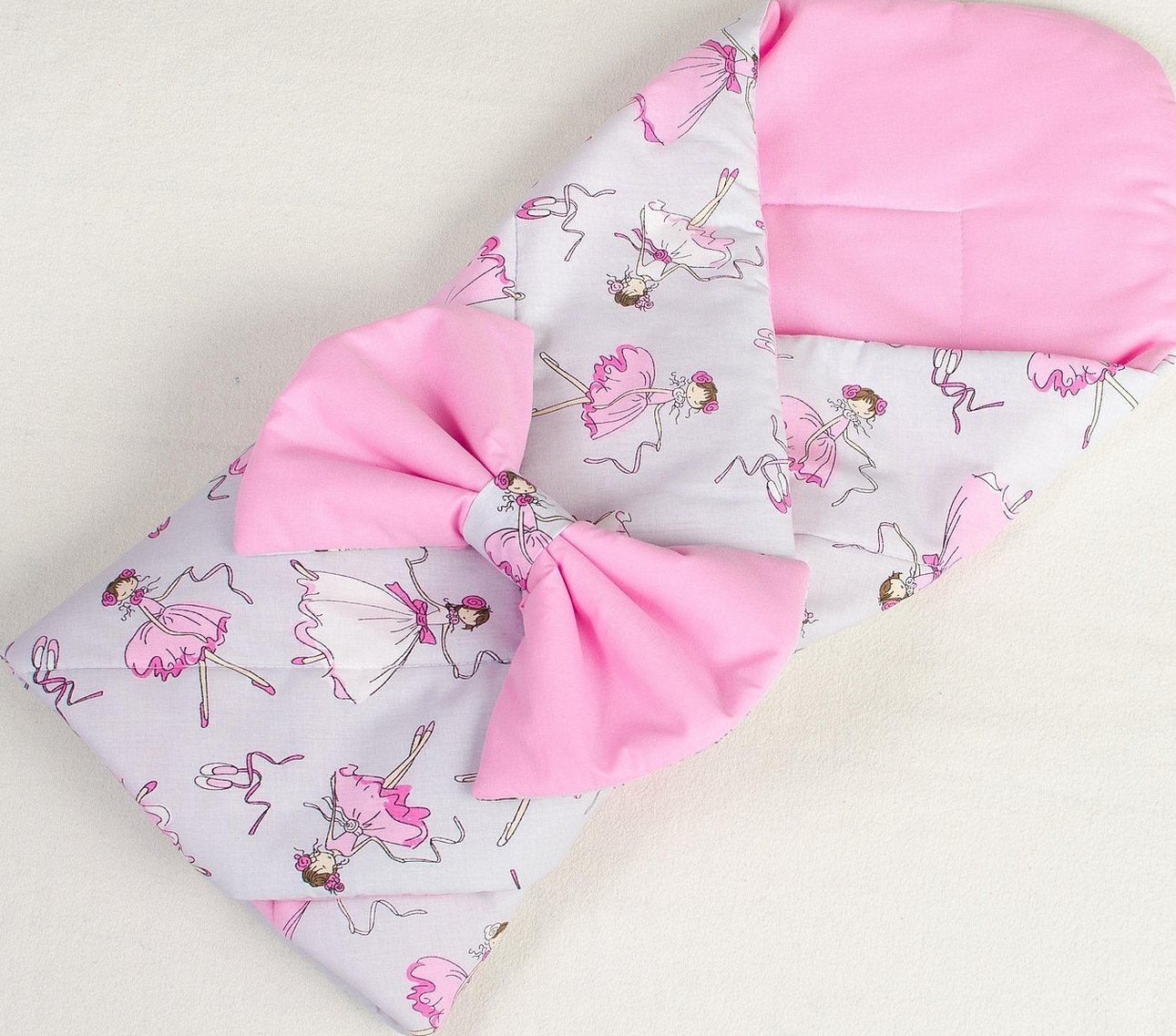
The main advantage of a blanket made of synthetic padding is that it can be washed without damaging the quality of the material.
However, even when washing in a washing machine, certain rules should be followed:
- To prevent the material from bunching up in one corner during washing, place several tennis balls or specially designed stones in the machine drum.
- When the product has no stitches, you can quilt it by hand to avoid the padding from bunching up into the overall mass.
- When stains cannot be washed at home, you should take the blanket to a dry cleaner, where even the most hopeless stains can be removed.

The article discussed how to sew a down blanket at home. You should not spend a large amount of money to buy a finished product, as you can do everything yourself using the master classes in this article.




